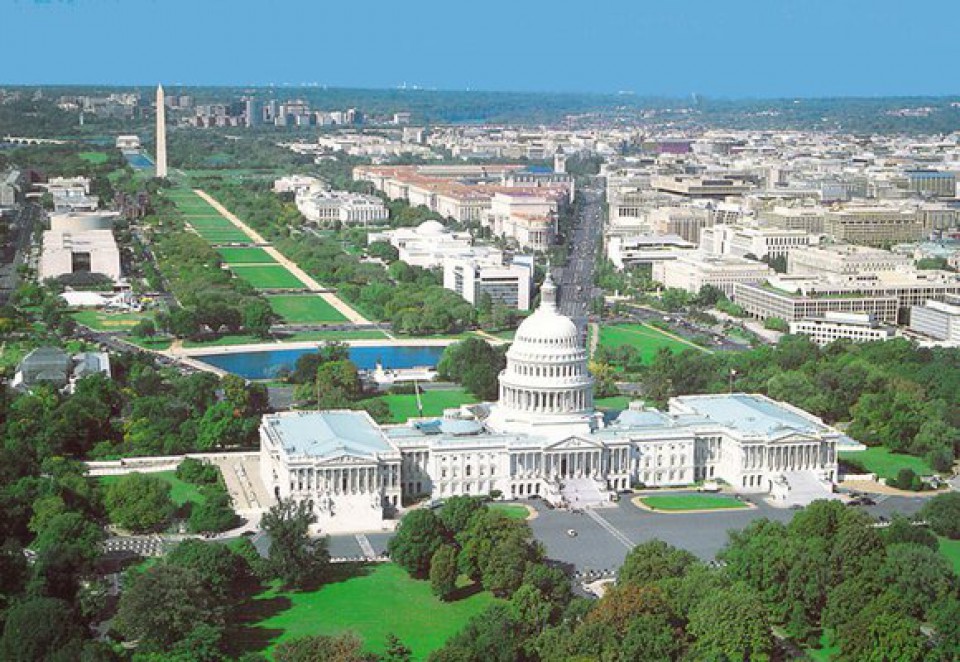With the presidential election just three months away, I’ve been fielding a lot of questions from friends and associates about how I assess the current state of the campaign. I’m no political strategist or polling expert, but I think that the trends are pretty clear.
Although Trump’s free fall has slowed and maybe even stabilized, nearly all polls show Joe Biden with a substantial lead, both in the national vote and in critical battleground states. Even Rasmussen, a notoriously pro-Trump poll has Biden up by 3 points.
Trump supporters will be quick to dismiss most polling, pointing to his victory in 2016 despite polls showing him tailing Hillary. But there is more than a little bit of mythology to such claims. For one thing, Hilary actually did win the popular vote, pretty much in line with polling. Polls did largely miss Trump’s narrow victories in key battleground states that gave him his electoral college victory, but even here they weren’t that far off. The final RealClearPolitics average of polls showed Trump trailing but within the margin of error in states such as Michigan, Pennsylvania, and Wisconsin. Nothing suggests that polls are so far off the mark that they can be safely ignored this time around.
It is also important to realize that Trump’s 2016 victory was narrower than his electoral vote count suggests. Trump won Michigan, Pennsylvania, and Wisconsin by a combined total of less than 80,000 votes, and without those three razor-thin victories, he would have lost the election. To win reelection, therefore, Trump must repeat his victories in each of those states, while also defending all the other states he won, or switch one or more Hilary states to his column.
Looking at the map it is hard to find Hilary 2016 states that look vulnerable to Trump in 2020; maybe, if you squint real hard, Minnesota. On the other hand, a surprising number of Trump 2016 states appear to be in play. In addition to the aforementioned Michigan, Pennsylvania, and Wisconsin, Biden is at least competitive in Arizona, Florida, Iowa, New Hampshire, and North Carolina, with an outside shot at Georgia and Ohio. (Democrats will talk a good game about Texas like they do every year, but it remains out of reach). That’s a lot of places for Trump to defend and a lot of paths to victory for Biden.
Obviously, we are a long way out and a lot can happen between now and election day. The debates, the ultimate progress of the pandemic, whether or not the economy recovers, continued racial unrest, and dozens of other things that are totally unknown today (2020 hasn’t been exactly predictable).
Both candidates are tremendously flawed. It is remarkably easy to imagine Biden doing or saying something stupid that antagonizes swing voters or raises further doubts about his competency. He is already being pulled to the left in ways that undermine his “return to normalcy” message. If he scares moderate voters who have soured on Trump, especially in the suburbs, things could unravel quickly.
And Trump is, well, Trump. There is no indication that he has either the desire or the discipline to expand his appeal outside his base. He would love to turn the election into a choice between him and Biden (or Biden as defined by Trump), but increasingly the election seems more like a referendum on Trump. That’s not good news for the president.
In the next few weeks I will offer my thoughts on the merits of both candidates from a policy perspective. But strictly from a horse race point of view, one has to say that things are trending solidly in Biden’s direction.
